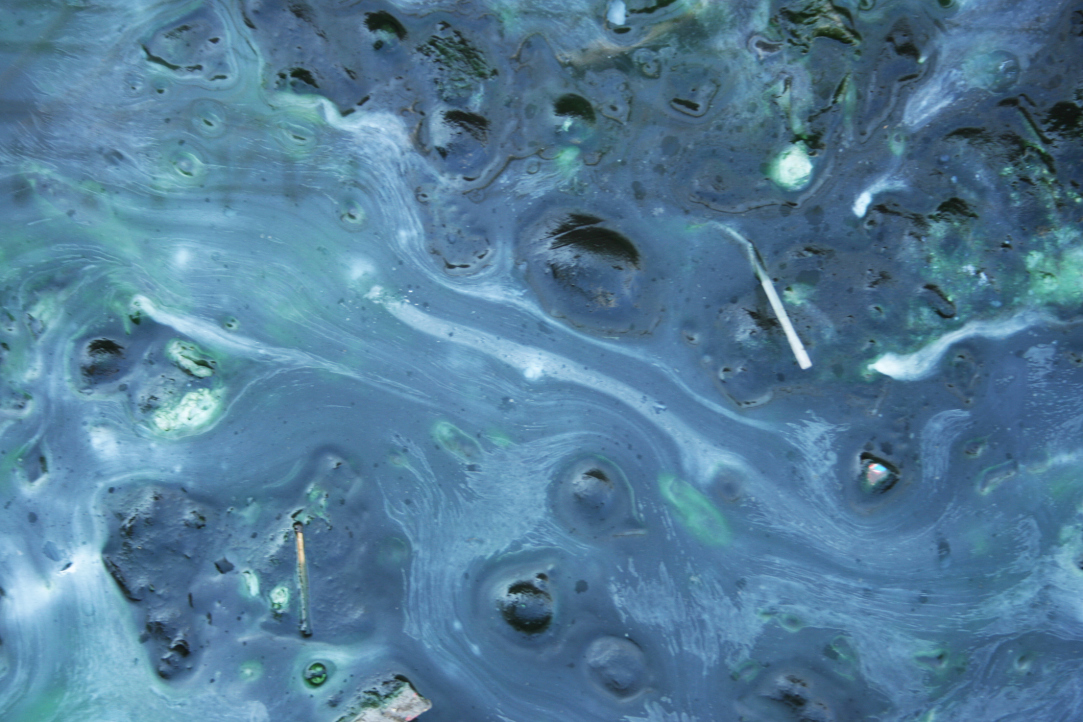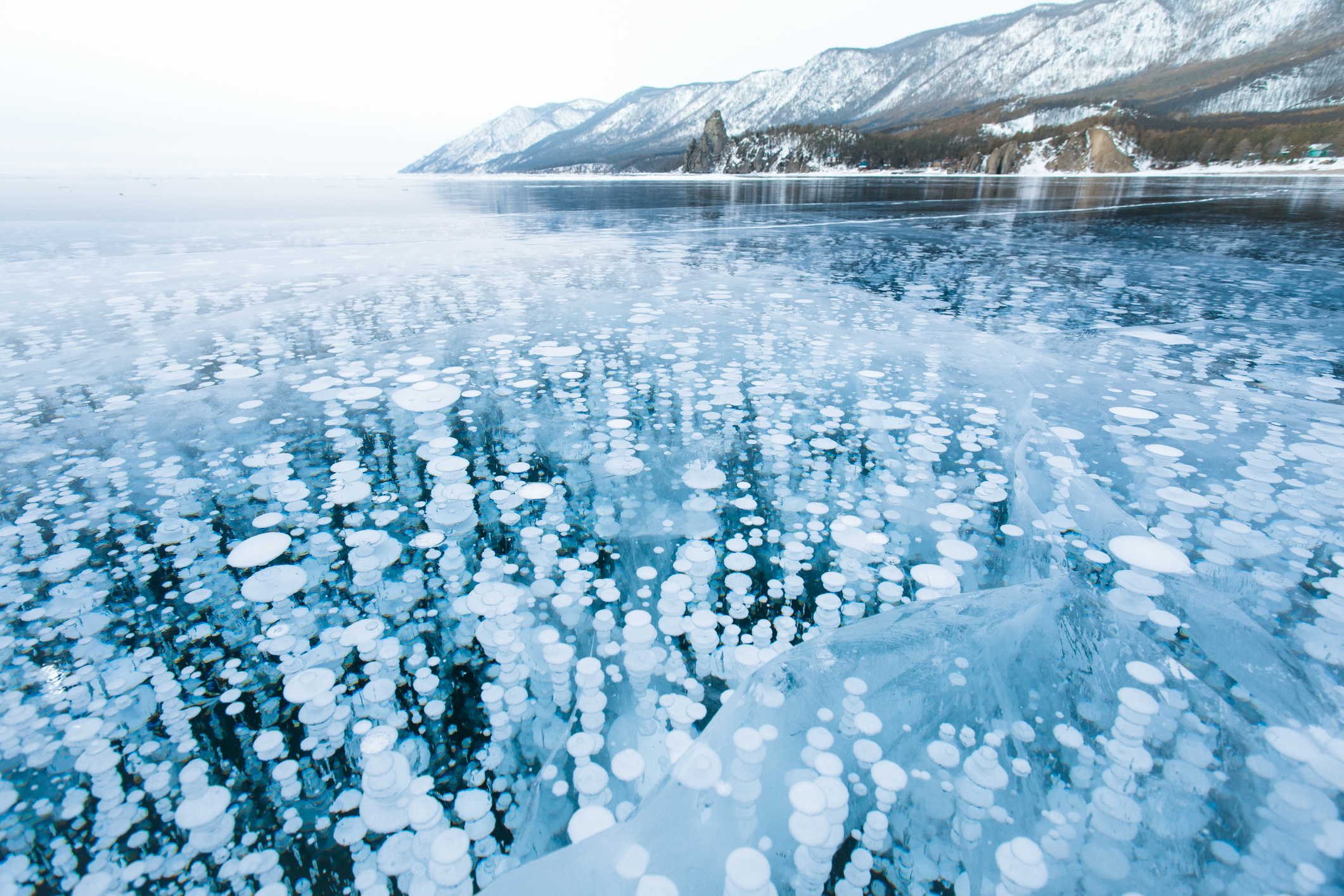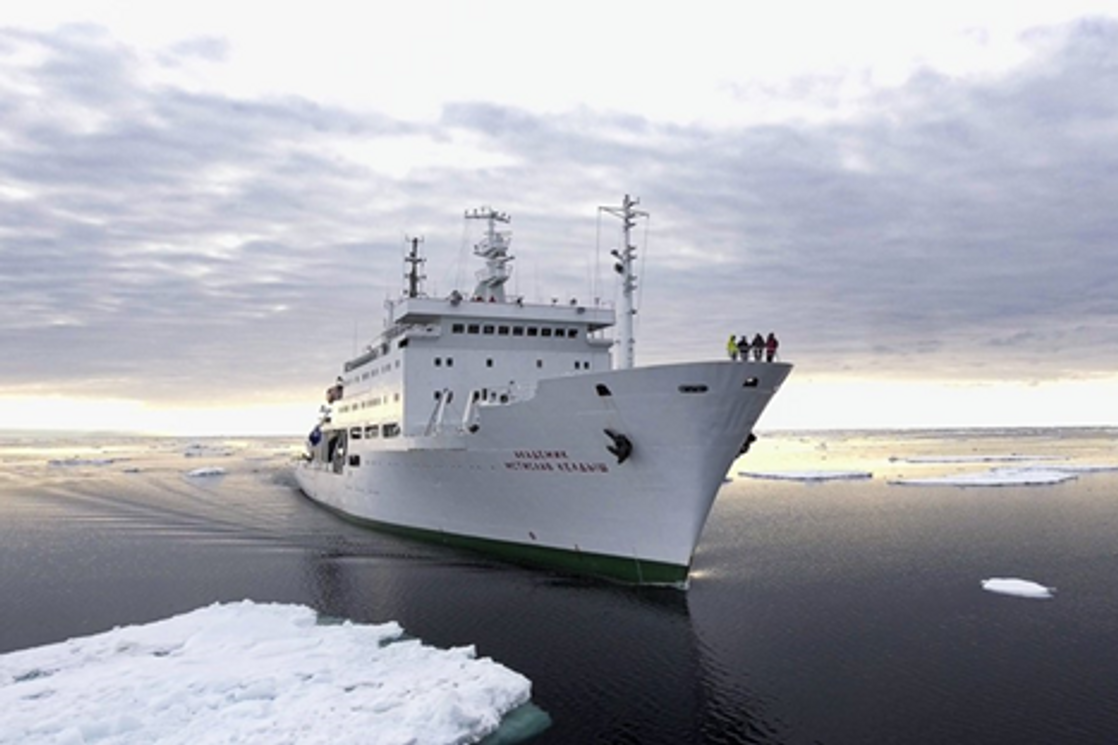Researchers Explain How Massive Methane Emissions Affect Warming in the Arctic

Expeditions to the Eastern Arctic and Kara Seas investigated the thermal properties of bottom sediments. Numerous zones of bubbling methane flux were discovered in the shelf of the Laptev Sea and the East Siberian Sea, which researchers believe is affecting climate warming in the Arctic. The study has been published in Marine and Petroleum Geology.
Global warming is a major concern, with the Arctic attracting particular attention—recent analyses show that the climate in the region is warming 3–4 times faster than the global average. Since the beginning of the industrial revolution in the 19th century, the Earth has warmed by about 0.8 °C, while the Arctic has warmed by about 2–3 °C over the same period. Arctic warming reached 2 °C in 2005 and 4 °C in 2018, exceeding the most pessimistic predictions for the year 2100 under the Paris Agreement.
The East Siberian Arctic shelf contains about 80% of the Earth's subsea permafrost and holds huge reserves of methane hydrates (CH4). The stability of these hydrates depends on the state of the subsea permafrost, primarily on the temperature and salinity in the ‘near-bottom water—bottom sediment’ system. The thermal state of the subsea permafrost is now approaching—and in some regions has already reached—the melting point. These processes have led to increased release of methane from destabilised hydrates into the atmosphere.
Researchers believe that this rate of warming in the Arctic has been caused by the shrinking area and thickness of Arctic Ocean ice, the Greenland ice sheet, and other island glaciers. Bottom sediments must be studied to understand the complex mechanism of how climate factors influence the melting of glaciers.

About 50 offshore and coastal expeditions have taken place over the past 30 years and a number of studies were conducted in the 1990s, 2000s, and 2010s. However, the mechanism behind the high rate of permafrost degradation has yet to be analysed. To address this complex issue, teams of marine geochemists and geocryologists from Moscow State University, the Russian Academy of Sciences, and other leading institutes and universities came together on the R&D platform of the Ilyichev Pacific Oceanological Institute, Skoltech, and HSE University. The research also involved strategic partners from Stockholm University led by Academicians Örjan Gustafsson and Martin Jakobsson of the Royal Swedish Academy of Sciences.
The reported study was part of marine surveys and research expeditions in the East Siberian, Laptev, and Kara Seas during the 78th and 82nd cruises of the R/V Akademik Mstislav Keldysh (Russia) in 2020 and of the SWERUS-C3 2014 Expedition of the I/B Oden (Sweden).

The expedition measured heat capacity (the ability of bottom sediments to retain heat) and thermal conductivity (the ability to transfer heat). Bottom sediments were sampled at 110 sites, with a box corer, a multicorer, and a gravity corer.
These marine surveys revealed new large methane seeps in the East Siberian and Laptev Seas, with the bubbling fluxes of methane at seepage areas rising through a 45 m thick water column and reaching the sea surface.
The research data shows that the East Siberian Sea, the Laptev Sea, and the Kara Sea have unfrozen (ice-free) upper sediment layers. The sediments are ice-free because their in-situ temperatures are at least 0.6 °С above the freezing point. The gap between in-situ temperature and the freezing point is the greatest in the continental slope of the Laptev Sea (up to 2.5 °С) and in the inner shelf exposed to the effect of heat plumes from large rivers.

‘Salty sea water mixes with fresh river water, the salinity of the sea water decreases, and its freezing point rises. This effect may lead to 2–3 °С warming of near-bottom water and surface sediments in the shallow-water of the East Siberian Sea shelf. Moreover, our multi-year all-season data show that in the ESAS near-shore zone, the mean annual bottom water temperature has increased by 0.5 °C during 1999–2012, while in summer this increase reaches >1 °C. We believe that this water warming can be caused by the increasing discharge of the Lena River, one of the major rivers in the Northern Eurasia,’ says Igor Semiletov, Head of the FEB RAS Pacific Oceanological Institute Laboratory for Arctic Research and Academic Supervisor at the HSE Institute of Ecology.
The authors of the article found that methane anomalies are not always accompanied by higher temperatures in bottom sediments. Although methane anomalies were found in patches of warmer bottom sediments in the northern Laptev shelf, there were no temperature increases in the areas of massive methane seepage in the East Siberian shelf. Researchers attribute this to the greater thickness of subsea permafrost and the younger ages of the seeps.
‘The thermal properties of bottom sediments mainly depend on their particle size, moisture, and density. For instance, the bottom sediment sample from the Laptev Sea, consisting predominantly of sand, has a thermal conductivity almost twice as much as that of the silty clay sample from the Kara Sea. All in all, the variations for thermal conductivity and heat capacity are ±20% and ±10%, respectively. The received average values of 1.0 W/(m·K) for thermal conductivity and 2,900 kJ / (m3·К) for heat capacity can be used for practical purposes related to thermal physical and technical calculations for the Arctic shelf,' says Evgeny Chuvilin, Analyst at the HSE Institute of Ecology, Leading Researcher of the Skoltech Center for Hydrocarbon Recovery.
‘Global climatology is facing difficulties, primarily because people do not quite know to what extent anthropogenic and natural factors influence climate change. Our team’s research can help develop algorithms for modelling the future state of the 'subsea permafrost—hydrate' system and the ecosystems of Russian Arctic seas. This research will also provide a set of recommendations for governmental decisions on the further development of the Russian Arctic based on the results of the new database,' says Igor Semiletov.
Evgeny Chuvilin
See also:
‘A Story about the Arctic’: New Photo Exhibition at HSE University
The opening of the ‘Khatanga. Heritage’ exhibition took place in the atrium of the HSE building on Pokrovsky Bulvar. The event was organised with the support of the Russian Geographical Society (RGS). The educational project features photo materials with interactive tours, as well as a series of videos and a podcast that draw attention to the cultural and environmental aspects of the region.
Communication Can Increase Public Concern about Climate Change
An international team of researchers including scientists at HSE University have tested 11 communication strategies aimed to encourage pro-environmental behaviours. The sample included nearly 60,000 individuals from 63 countries. While interventions aimed at reducing psychological distance from climate problems proved to be effective, those targeting behaviours which require more effort, such as tree-planting or reducing one's carbon emissions, were not as successful. The study findings have been published in Scientific Advances.
‘Ecology Provides the Best Opportunities for Professional and Personal Development of Young People’
In early May, the HSE Institute of Ecology and the International Children's and Youth Award ‘Ecology is Everyone's Business’ held a joint seminar in Dagestan, where they discussed the launch of youth environmental projects for federal and international competitions. At the meeting, the Institute's experts presented methods of organising project activity in the field of ecology and sustainable development for educators and young people in Dagestan. Teachers and students from more than 50 schools, colleges and universities of the republic took part in the event.
‘Earth Is Our Only Home; We Must Preserve It’
The Green HSE student organisation recently held the ‘Green Conversation’ festival at the Cultural Centre on Pokrovsky Bulvar. At the event, participants discussed the planet’s main ecological problems and the steps required to start building a green future today.
EEF-2022: Asian Countries in the Arctic Dialogue
The Eastern Economic Forum took place place in Vladivostok. The participants of the ‘Eastern Dimension of International Cooperation in the Arctic’ session stated that joint research will help to find mutual understanding between the circumpolar states and the countries of the Asia-Pacific region. HSE News Service covers some sessions in which experts from HSE University took part.
Researchers Present an Outlook for the Russian Arctic
The Russian Arctic should be better connected – economically and logistically – to the country's other regions, according to researchers of the HSE Faculty of World Economy and International Affairs. If Arctic projects are to develop further, they must be supported by stronger horizontal connections involving regional authorities, civil society organisations, the expert community, and the indigenous peoples of the North. The study is published in Regional Research of Russia.
Problems of Arctic Development
The Arctic is not only a strategic outpost in geopolitical affairs, but also a region with difficult living conditions. At the same time, global warming causes melting of glaciers and permafrost, changes in terrain, environmental pollution and negatively affects the living conditions of indigenous peoples. These and other topics were discussed at the session ‘Problems of Arctic Development’ at the XXIII Yasin (April) International Academic Conference on Economic and Social Development.
Salt Eats Ice: Researchers Name the Reasons Behind Underwater Permafrost Vulnerability
A team of researchers has studied ice-containing sediment on the East Siberian Arctic Shelf. The researchers proved that the melting of underwater permafrost is caused not only by the warming of sea water, but also by migrations of its salt ions (mostly NaCl). The HSE News Service reports on this and other studies conducted by the HSE Institute of Ecology.
Scholars Gauged Energy Inequality among Eurasian Economic Union Member States
The UN member states pledged to achieve 17 Sustainable Development Goals (SDGs) by 2030 that are aimed at saving the planet’s resources and increasing overall well-being. One — Goal 7 — sets out to “ensure universal access to affordable, reliable, sustainable and modern energy.”
Baselines and Historical Territorial Waters: How Russia Can Protect Its Rights in the Artic
Climate change-induced ice melting in the Arctic has led to contradictions in the assessment of Russia’s rights in the region. As ice cover diminishes, Russia may be losing its influence on the territories that it has historically developed. This is partially due to the changing width of territorial waters by low-water lines. However, there are alternative legally valid ways to establish fair borders, which are described by researchers of the HSE Institute of Ecology in their paper ‘Prospects for the evolution of the system of baselines in the Arctic’.


